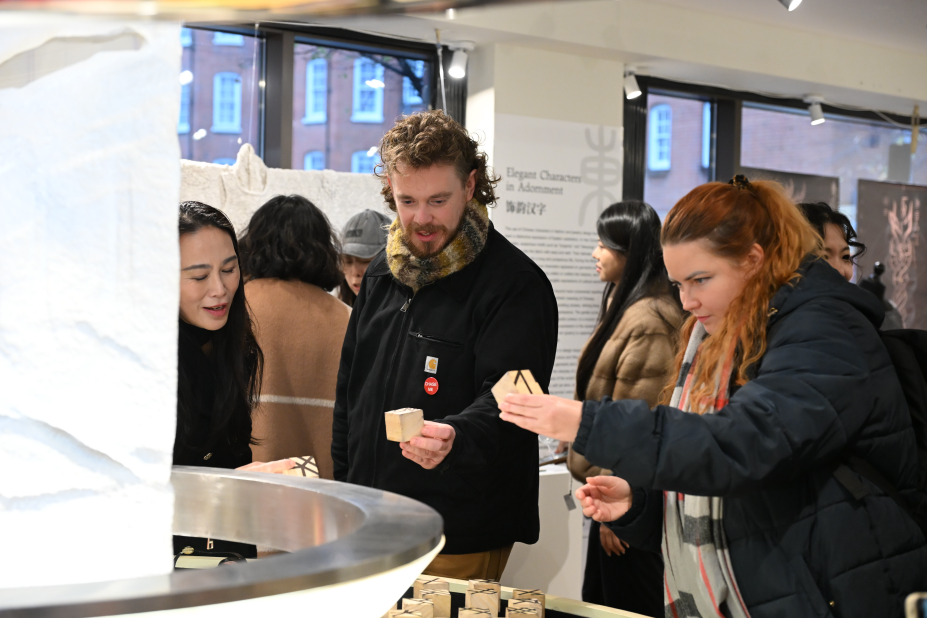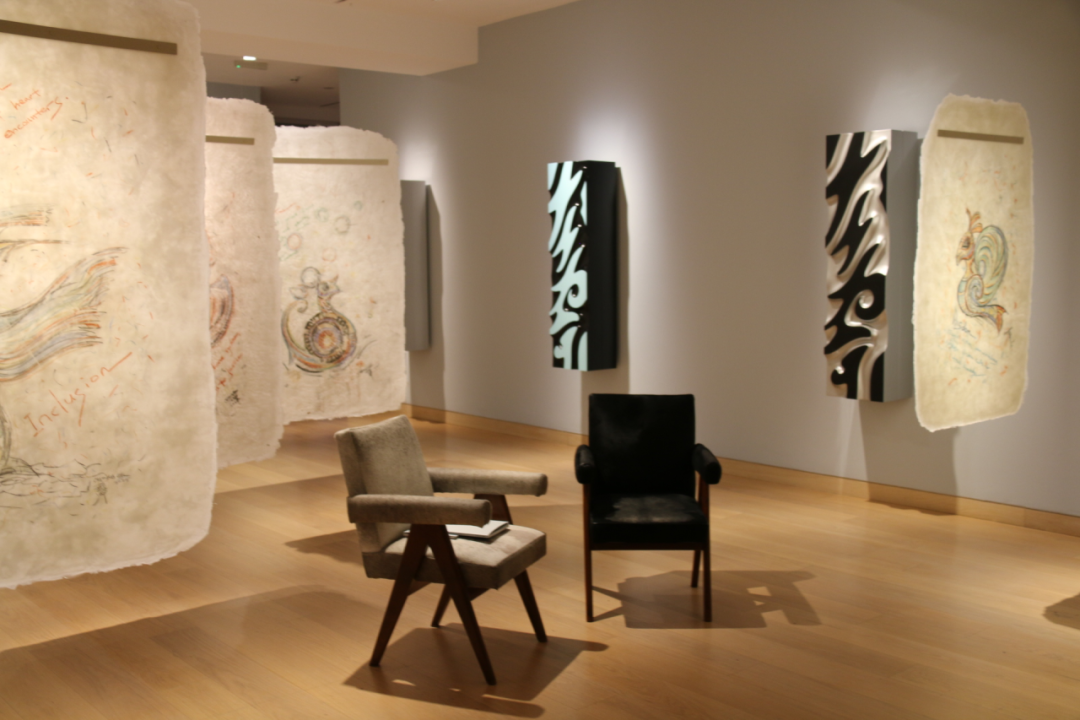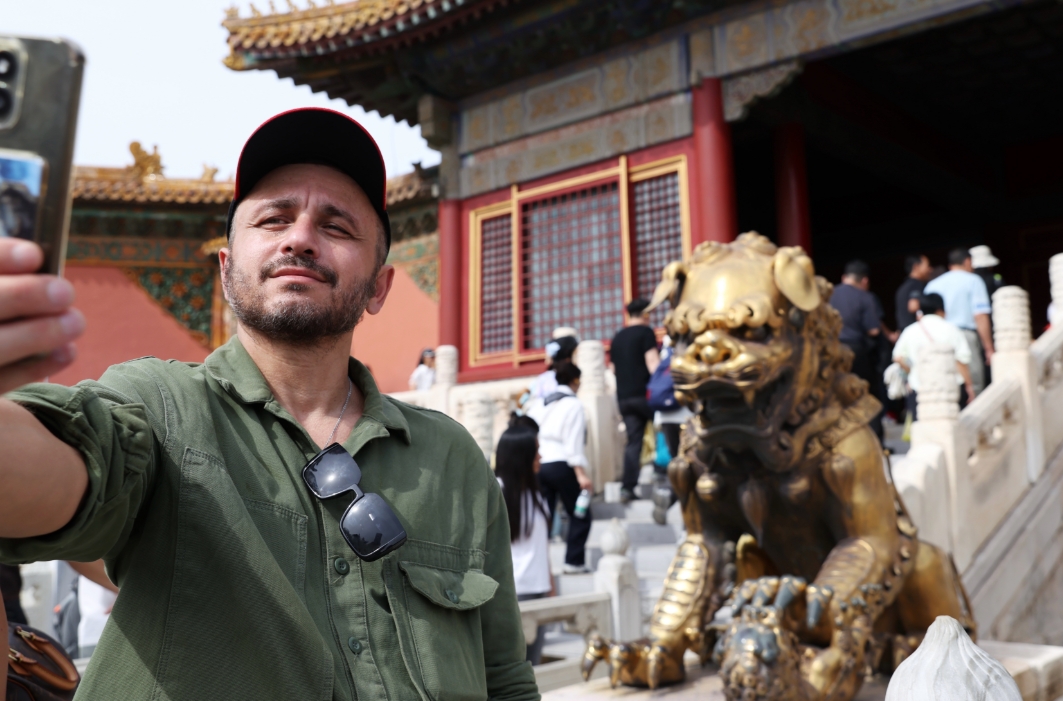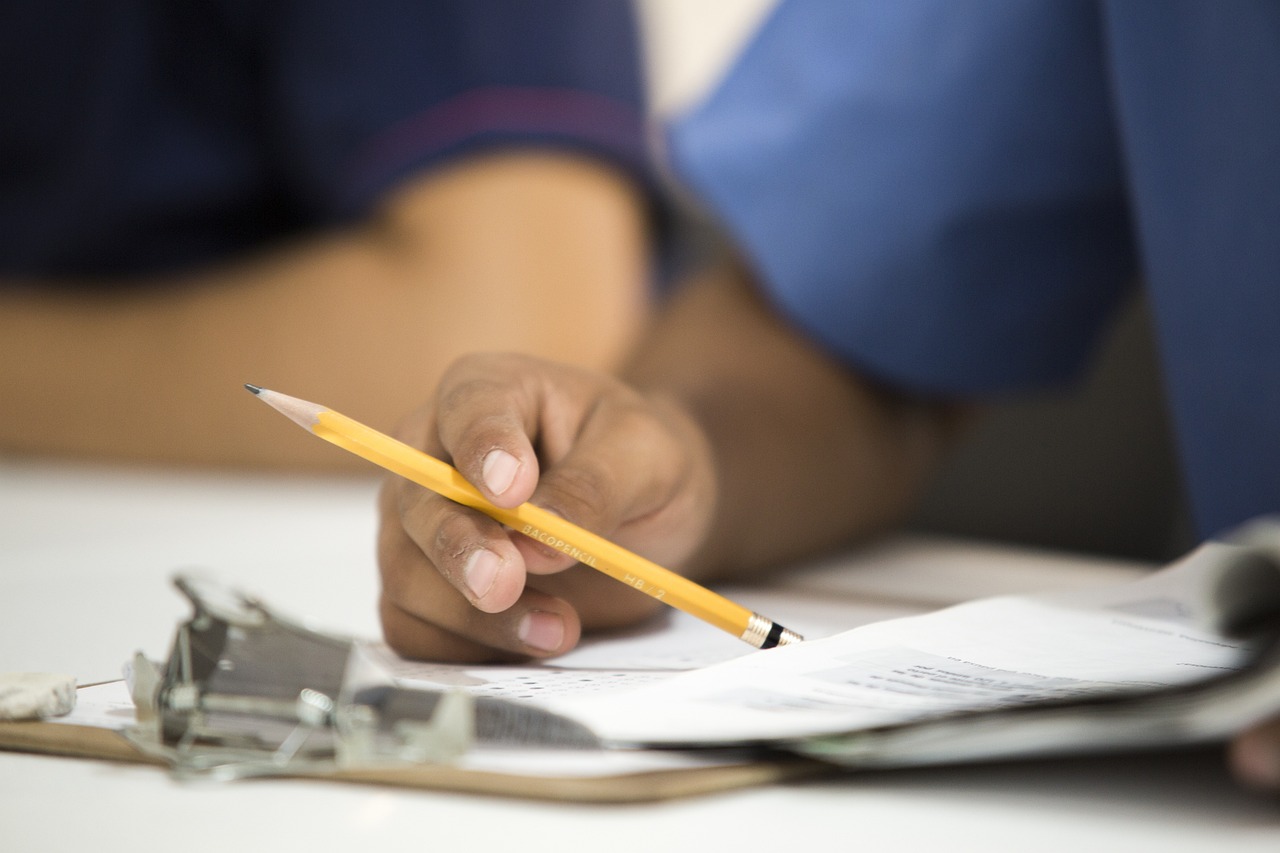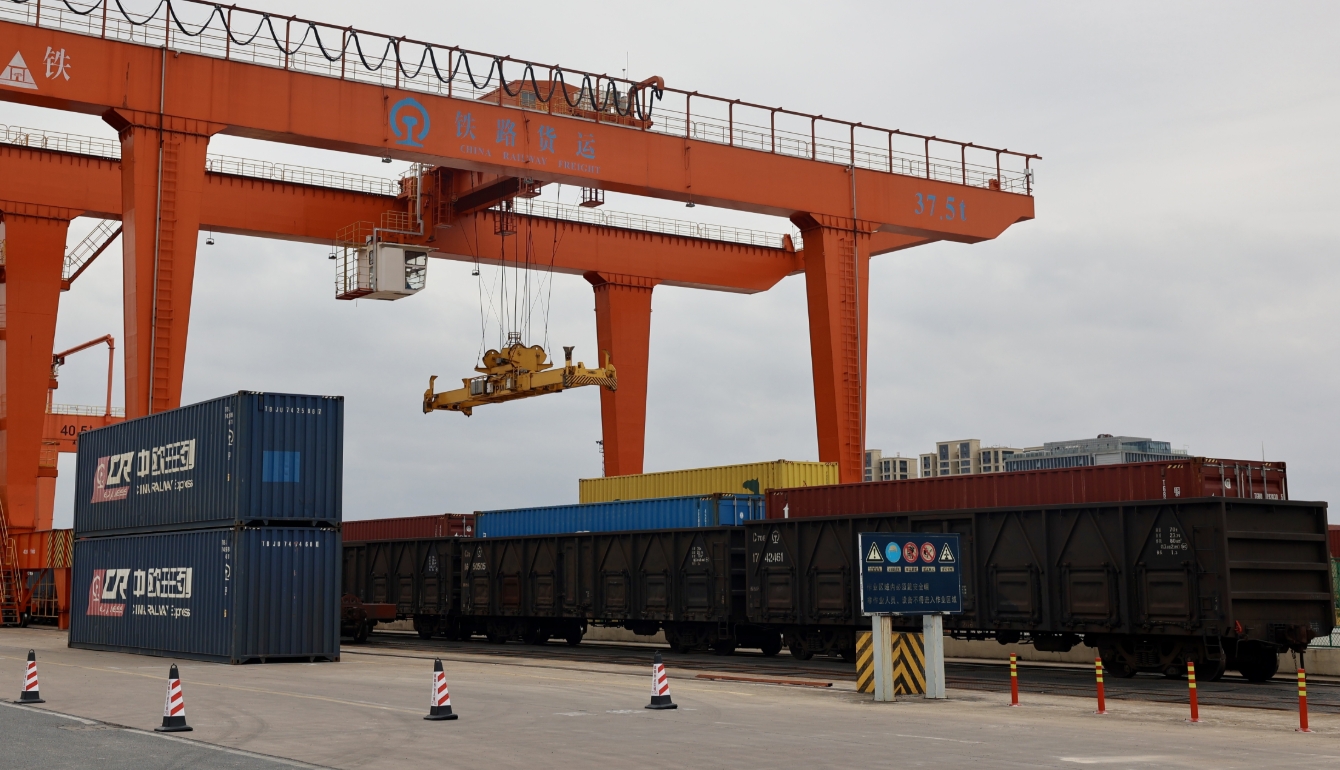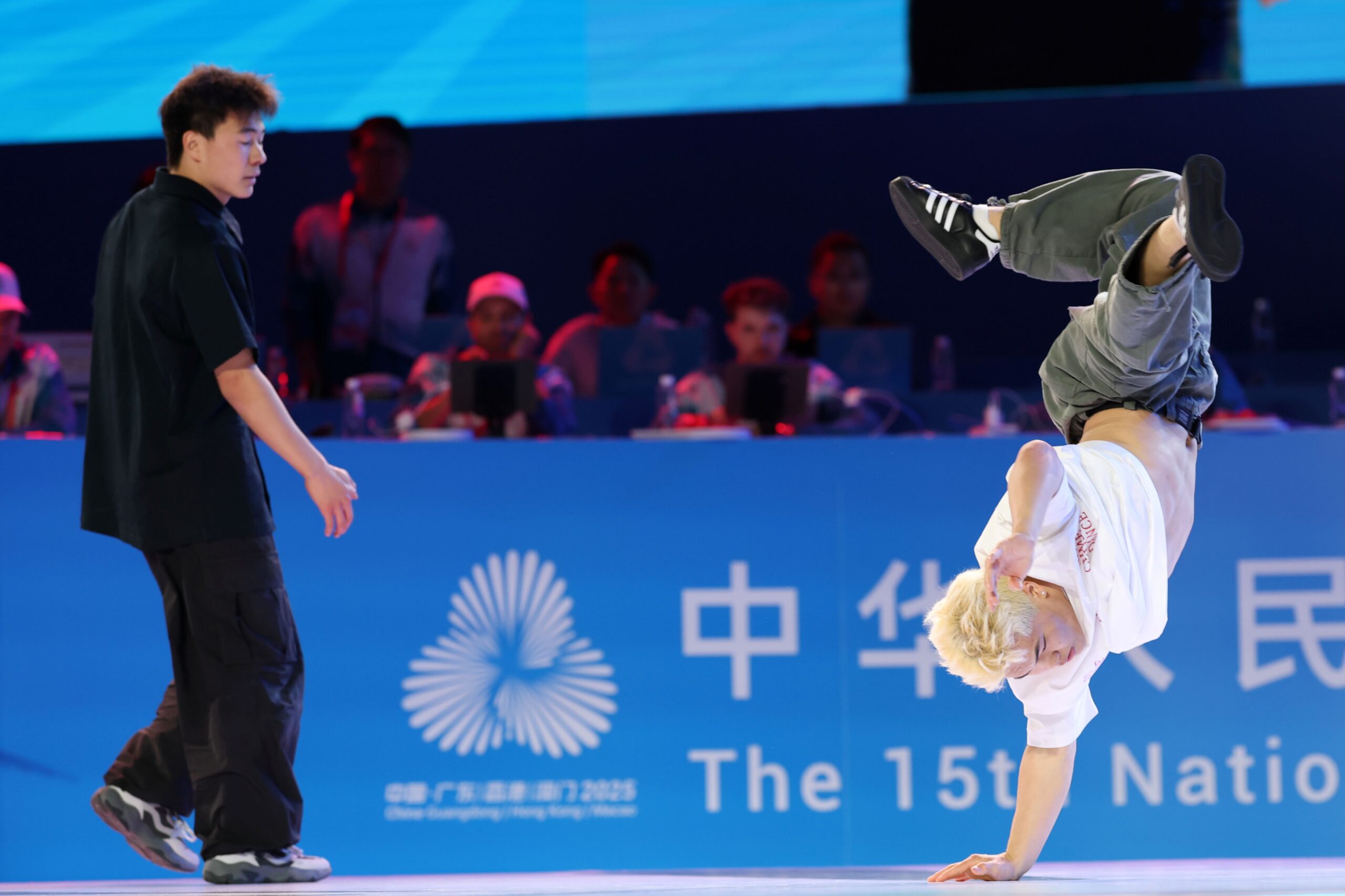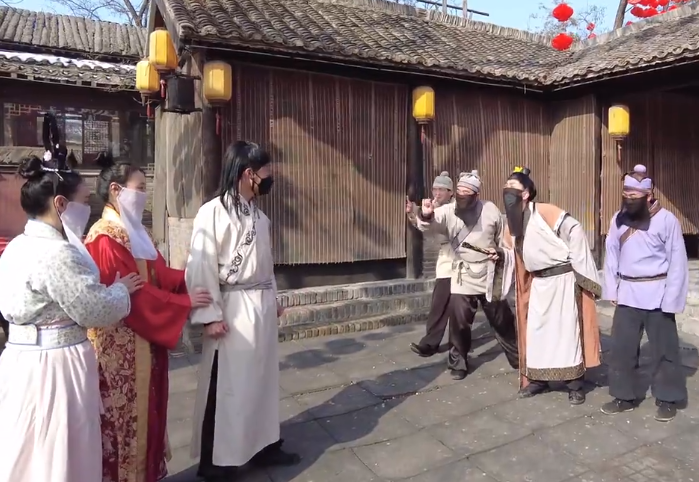On November 22th, 2025, a special event for the Hanzi of the West, Letters of the East was held at the Alsolike Gallery in London exploring the evolution of Chinese characters and their role in cultural exchange between China and the West.
Chinese characters, known in Mandarin Chinese as Hanzi, have been an important carrier of Chinese civilization. Evolving over thousands of years, they are not only deeply rooted in the daily life of Chinese, but also constantly break boundries through exchanging information and ideas between civilisations.

At the beginning of the special event on November 22nd, Li Liyan, Minister Counselor of the Chinese Embassy in the United Kingdom, delivered a speech. He said,“Writing is the carrier of inheriting civilization,and language is abridge to enhance understanding. Chinese belongs not only to China, but also to the world, and is a public cultural product contributed by the Chinese people to all mankind. He also emphasized: “This exhibition is the result of exchanges between China and the United Kingdom… promoting the continuous deepening of mutual learning and people-to-people interaction between China and the UK with culture and creativity as a link.”

Wu Yun, distinguished professor and dean of the School of Chinese Languages of Tongji University, said in his speech: “Chinese characters are not only a writing system, but also a ‘living design philosophy‘, which still shows strong vitality even in today‘s highly developed world of digitalization and artificial intelligence.” She added, “The multi-dimensional media and curatorial approach used in the exhibition break down the barriers between languages, and also allow the audience to ‘read, wear, touch and share’ Chinese characters, perceiving their multiple contexts from history to the future.” She concluded that she hoped that every audience who walked into the exhibition hall could feel the warmth, curiosity and kindness behind each work while reaping visual pleasure.

Professor Yu Deshuo, former deputy mayor of Bath, UK and director of the Chinese and English language translation department at the University of Bath, used the “golden bridge“ to compare Chinese characters to Eastern and Western civilizations. He pointed out, “As a sinologist and translation educator, for me, Chinese characters are not only the object of study, but also a bridge connecting the two ways of thinking. He mentioned, “This exhibition shows how words continue to evolve and grow in daily life, digital media, and cross-cultural communication, and become a visual contact point and emotional resonance for dialogue and connection between Chinese and British audiences.” He also believes that this exhibition is very inspiring and sincerely wishes that it can become a new starting point for many people to understand China and fall in love with Chinese characters.

This exhibition focuses on the concept of Dialogue between Chinese Characters and Letters with four sections of “Wenyuan Yinghua“, “Opening China“, “Rhyming Chinese Characters“ and “Chinese Character Renewal“. The exhibition incorporated immersive space, creative installations and design works which reflect the cultural heritage and visual tension of Chinese characters. Among them, “Wenyuan Yinghua” presents the origin and evolution of Chinese characters, looking back at the indissoluble bond between characters and Sino-British cultural exchanges.
Meanwhile, “Open China” focuses on the graphic expression of Chinese characters in contemporary book design, showing how fonts and typography have become the cultural key to opening China. The “Rhyme Chinese Characters” section integrates Chinese character elements into the design of daily clothing, accessories and crafts, showing how the beauty of words extends to the details of life in a figurative form. Finally, the “Chinese character renewal“ is facing the future and explores the resonance trajectory of Chinese characters in the context of numbers and interaction.



This cross–border exhibition aims to help visitors appreciate the innovative thinking of Chinese designers, the unique aspects of Chinese culture, and the fascinating history and modernity of Chinese characters. On the one hand, the exhibition opens a window for British audiences to understand Chinese culture, and on the other hand, it emphasises the role Chinese characters have already played in cross-cultural and border relations.
The exhibition is jointly supported by the Cultural Office of the Chinese Embassy in the UK, the Department of Text Design and Image Communication of the University of Reading, Alsolike Gallery and Guanguan Studio, and special thanks to the Nouvelles d’Europe Culture and Media Group.
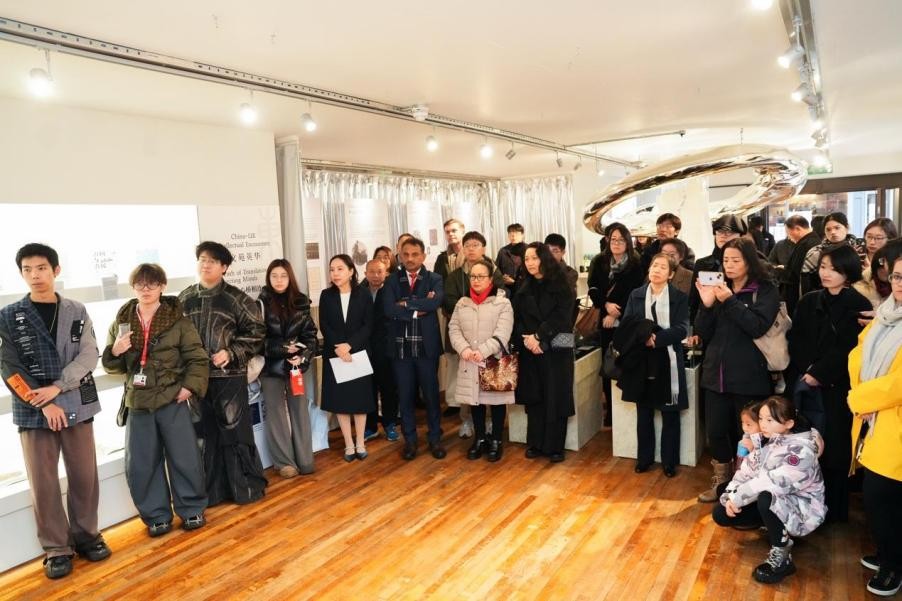
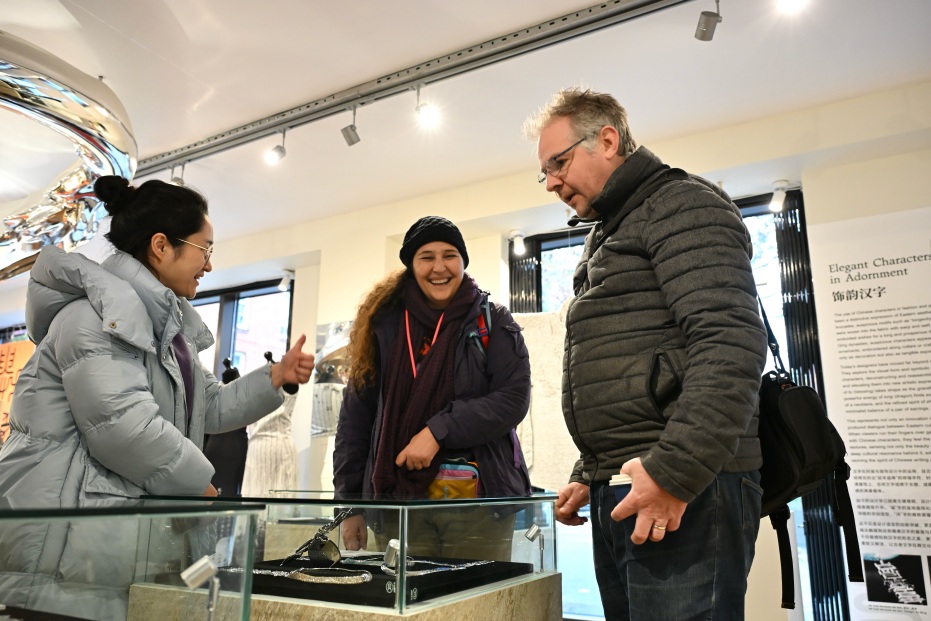
All photographs provided by organisers. If you like this article why not read: London Exhibition Showcases Jiang Qiong’er’s Artistic Dialogue Across Civilizations

